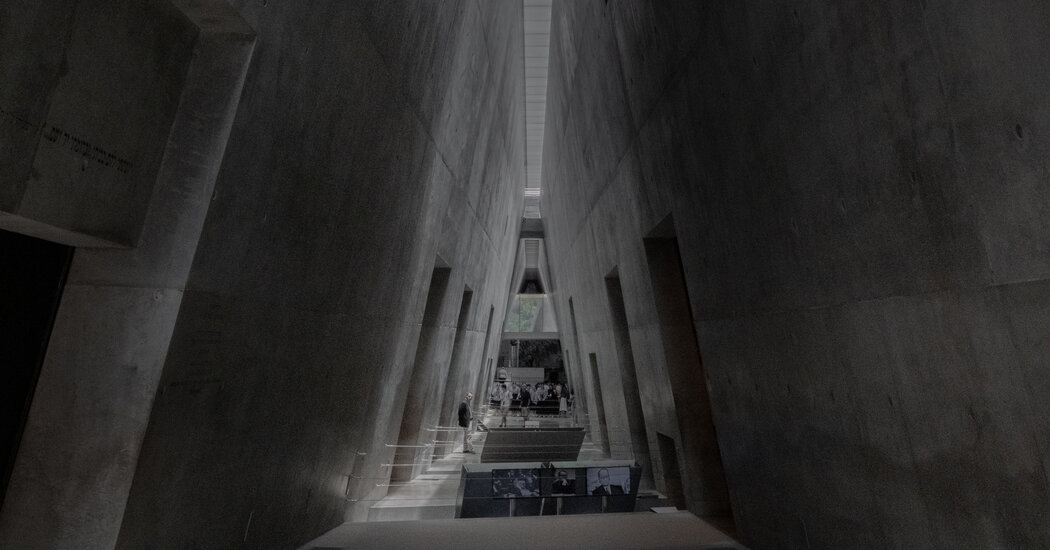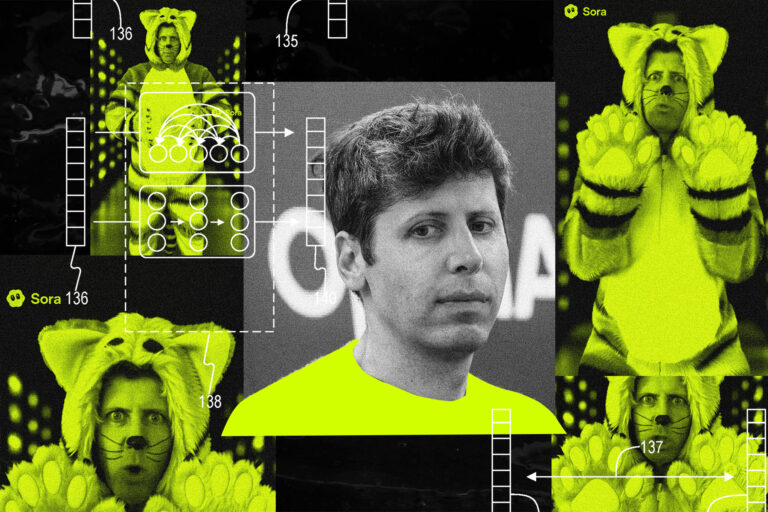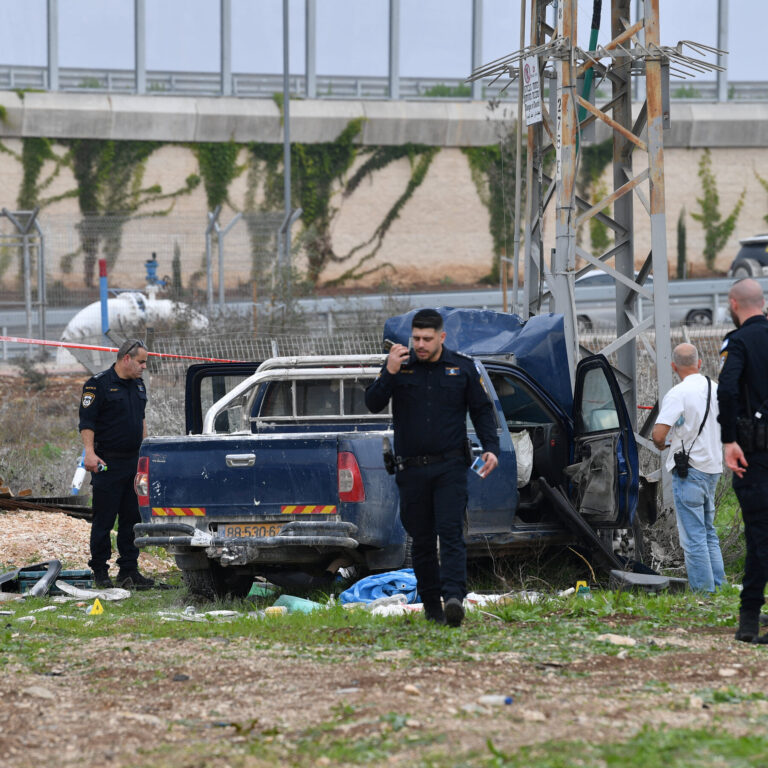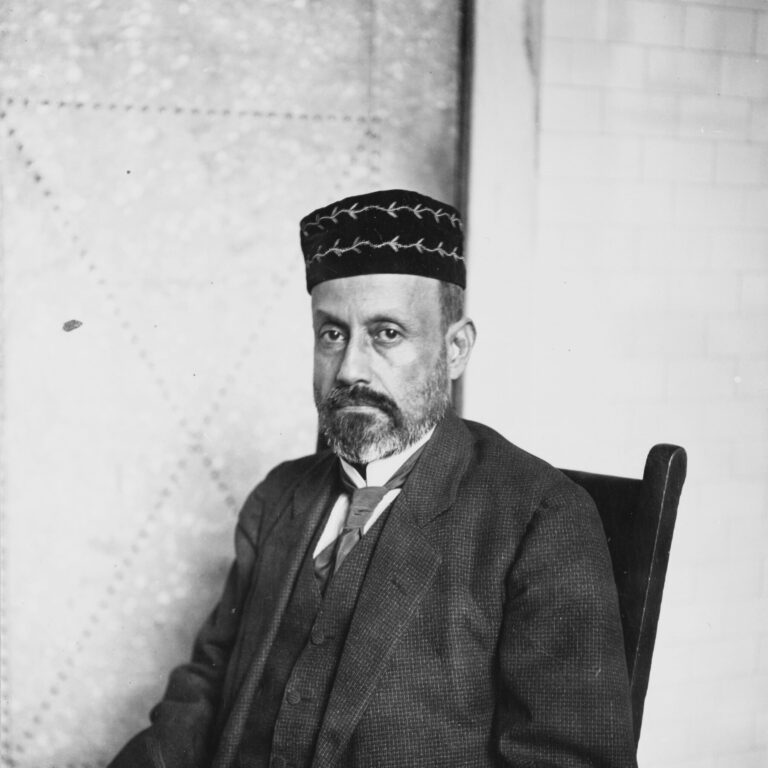The images are haunting: black-and-white prints of a snow-covered shack and paintings surrounded by barbed-wire fences and skeletal trees, eerie depictions of a World War II camp in France where Jews were interned before being deported to concentration camps.
Artist Jacques Gotko created one painting using a background of crushed eggshells glued to a wooden board; for others he used a piece of old tire as a printing block. These were some of the few materials available to him in the camp where he was held before being transported to Drancy, another camp in France, then to Auschwitz-Birkenau, Poland, in 1943.
Fragile and rarely exhibited, these works are part of a vast archive of Holocaust-related artifacts, including millions of pages of documents, tens of thousands of pages of testimonies, artwork and personal effects, and more than half a million photographs, collected over the years by Yad Vashem, Israel’s official Holocaust memorial in Jerusalem.
Most of the artifacts had been scattered across Yad Vashem’s vast campus, but they will now be housed in a new center that will allow easier access for researchers and provide the most advanced technological conditions to safeguard them for future generations. The center was recently completed and opened on Monday.
The task of preserving the artifacts has become all the more urgent as the Holocaust has become an increasingly distant event, with the number of survivors steadily declining, at a time when anti-Semitism and extremism are on the rise around the world, Yad Vashem officials say.
“These are the crown jewels of the Jewish people,” Dani Dayan, president of Yad Vashem, said of the collections. “There is no Judaism without historical memory.”
The new David and Fela Shapell Family Collections Center sits across from the Hall of Remembrance, established more than six decades ago in the heart of the campus, where an eternal flame burns above a stone crypt containing the ashes of Holocaust victims from European death camps.
It is largely underground, extending five floors underground, blending into the landscape and housing the finds in a protected space.
More than 150 staff members will work on the site, collecting additional names of victims and artifacts, and preserving and cataloging the objects. A video installation along the wall of the entrance hall runs on a 44-minute loop showing thousands of fragments of documents and objects stored in the center's vaults.
“We’re not looking for a Mona Lisa,” said Medy Shvide, director of archives, museums and collections at Yad Vashem. “We’re looking for things that tell the story of the people of that time: who this family was and what happened to them.” Those remains, or clues, could be as seemingly mundane as a hairbrush or a glove.
State-of-the-art laboratories are enhancing the process of digitizing and processing documents and other paper artifacts, textiles, such as decorative ritual garments, and oil paintings.
Many objects are intentionally left unrestored. Yad Vashem curators say imperfections, or damage such as charring from a fire, can often best convey the stories of Jewish communities decimated in the Holocaust, Jewish life before World War II, or survivors.
The art collection is housed in a vault with a reduced oxygen atmosphere to prevent fires. Most of the works created during the Holocaust were on paper and are stored in boxes. Many are not by famous artists. “It is our duty to commemorate them,” said Eliad Moreh-Rosenberg, director of Yad Vashem's art collections, or “they will be forgotten.”
Some of the works kept in the vault will be displayed as part of a traveling exhibition in the Yad Vashem gallery.
Since the Hamas-led assault on southern Israel on October 7, Israelis have been grappling with a new tragedy and questions of remembrance and commemoration. About 1,200 people were killed that day, most of them civilians, according to Israeli officials, making it the deadliest day for Jews since the Holocaust.
Yad Vashem's mission is to highlight the uniqueness of the Holocaust as a singular historical event and to educate the world about it. Mr. Dayan, the chairman, disputes direct comparisons between the October 7 terror and the Nazi genocide and says a distinction needs to be made.
“October 7 was not the Shoah,” he said, referring to the Holocaust by its Hebrew name, adding that modern Israel has a strong army that can exact tribute from its enemies.
Yet, he said, for many people these associations were inescapable: Mothers gagging their newborns, trying to keep them quiet as they hid in their safe rooms while gunmen hunted them down and burned their homes, were reminiscent of Jews hiding from the Nazis in barns, cellars and attics across Europe.
In the years leading up to the October 7 attack, anti-Semitic incidents were on the rise around the world. The October 2018 shooting at a Pittsburgh synagogue, which killed 11 worshippers, was the deadliest anti-Semitic attack in U.S. history. In Europe, synagogues in Germany and France have been targeted by attacks, sometimes fueled by anger over conflicts between Israel and the Palestinians.
Following the October 7 attack, Israel's devastating offensive in Gaza sparked mass protests in foreign capitals and on university campuses, sometimes with anti-Semitic overtones.
Israel has found itself accused of genocide against Palestinians in Gaza, where more than 38,000 people have been killed in the war, according to Gaza health officials, who do not distinguish between civilian and combatant deaths. Israel denies committing genocide.
For Mr. Dayan, preserving Yad Vashem's collections is critical to building a solid and authoritative base of evidence, data and knowledge to counter Holocaust deniers and distorters as the elderly generation of Holocaust survivors dies out.
This means commemorating artists whose creations became their last will and testament, as Jacques Gotko, who died of typhus in Auschwitz-Birkenau, he said.
Using tire waste, Gotko created a series of linocut-style prints of the barracks where Jews were held at the Nazi transit camp in Compiègne, France. The signed works are numbered and labeled Front Stalag 122, as the camp was designated, and dated 1942.
Born Jakow Gotkowski in Odessa, in what is now Ukraine, Gotko moved to Paris in 1905 as a child with his family. He studied at the École des Beaux-Arts and his paintings were exhibited in prestigious Parisian art salons.
He continued to paint after being taken with other Jews to the transit camp in 1941. In the camp, a still life that is preserved in the new facility was among his creations.
In a departure from the traditions of the Old Masters, instead of lavish displays of exotic fruit and bright flowers, his still life featured a crust of bread, a spoon, a tin cup, and a matchbox. Its backdrop was a barbed-wire fence and trees, some bare and skeletal, some leafless, in the world beyond the camp.
Mr. Dayan has a quote etched on his office wall written by Gela Seksztajn, a Polish artist who died in the Warsaw ghetto. Knowing she was doomed, she wrote: “I leave my works to the Jewish museum that will be built after the war.”
Many of his works were hidden in a secret archive in the ghetto and survived the war. Most are now kept at the Jewish Historical Institute in Warsaw. Some are at the Holocaust Memorial Museum in Washington and one is at Yad Vashem.
“We are approaching a watershed moment in Holocaust commemoration,” Mr. Dayan said. “We are entering the post-survivor era where we will be the messengers.”





